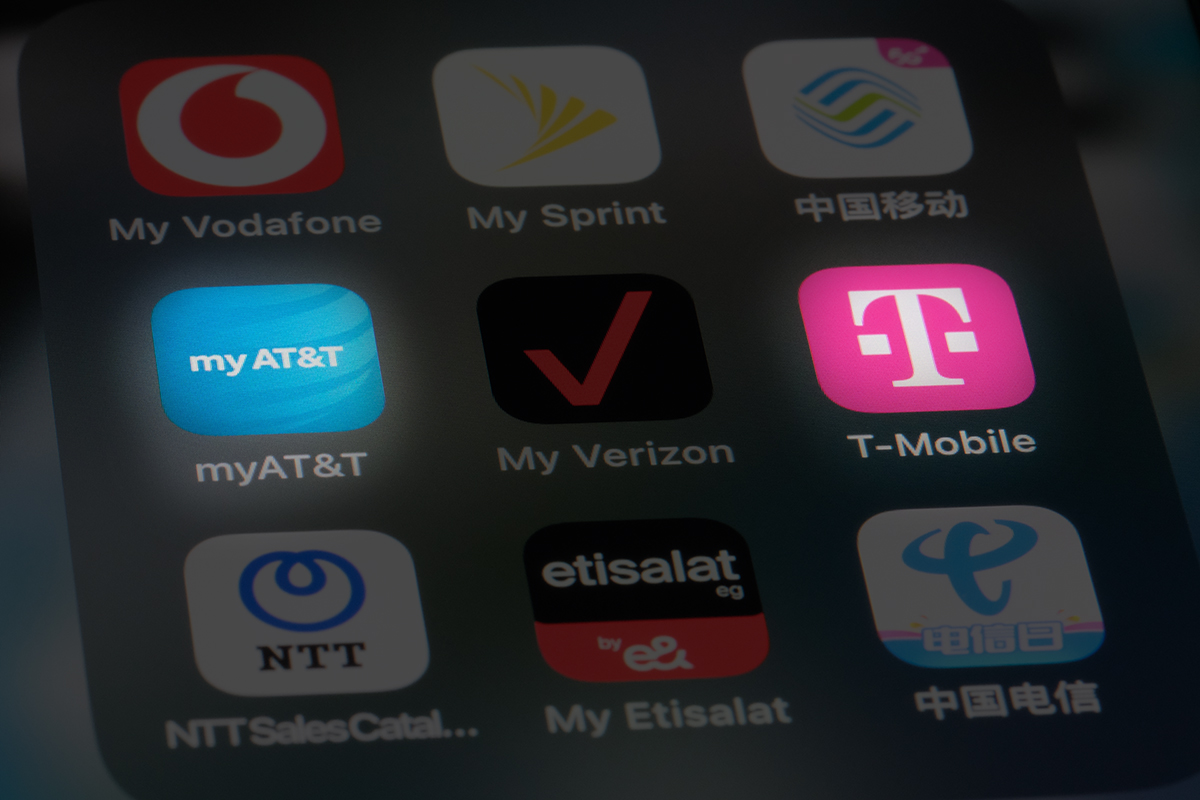In the dynamic world of U.S. telecommunications, AT&T and T-Mobile stand out as major players. While AT&T has its roots as a regional landline company, evolving from a former Baby Bell to a wireless giant, T-Mobile started its journey in 1994 as a pure-play wireless provider. Today, these companies not only dominate the market but also directly compete for the top spot, challenging investors to choose between the established behemoth and the nimble, solely wireless contender.
Legacy vs. Innovation: Different Paths to Success
AT&T’s transformation from a landline monopoly to a leading wireless provider hasn’t been without its challenges. The company’s venture into non-core businesses like DirecTV and Warner Media turned out to be costly missteps. These acquisitions saddled AT&T with a whopping $133 billion in debt, overshadowing its stockholders’ equity, which stands at $119 billion. Despite these hurdles, AT&T has managed to expand its market share, maintaining the largest slice of the wireless market.
On the other hand, T-Mobile has kept its focus strictly on wireless technology, avoiding the pitfalls of unrelated ventures. The strategic acquisitions of Sprint and Mint Wireless have bolstered its position within the industry. T-Mobile now boasts the widest 5G network and the fastest data speeds, appealing strongly to high-end business customers and helping it grow its customer base at a rate that surpasses AT&T’s.
Financial Footing and Market Impact
The financial results from the first quarter illustrate the diverging paths of these telecom titans. AT&T reported revenues of $30 billion, marking a slight decline of 0.4% from the previous year, primarily due to a 6% drop in equipment sales. The company’s net income also took a hit, falling 19% to $3.4 billion. In contrast, T-Mobile saw a modest revenue drop to just under $20 billion but managed to cut operating expenses, which boosted its net income by 22% to $2.4 billion.
Stock performance further underscores the contrasting fortunes of the two companies. Over the last five years, T-Mobile’s stock has dramatically outperformed both AT&T and the broader S&P 500 index. T-Mobile trades at a higher price-to-earnings (P/E) ratio of 22, compared to AT&T’s 9, reflecting stronger market confidence in T-Mobile’s growth trajectory.
Weighing the Investment Scales
Investors facing the choice between AT&T and T-Mobile must consider several factors. While AT&T offers a lower entry point with its P/E ratio of 9, it hasn’t been enough to draw significant investor interest, likely due to its historical baggage and slower growth prospects. T-Mobile, despite its higher P/E ratio, presents as a more dynamic growth investment, propelled by strategic market maneuvers and robust financial health.
Given the current landscape, T-Mobile appears poised to continue its upward trajectory, potentially offering higher returns for those willing to invest at a premium. Investors should keep a close eye on how each company navigates the ever-evolving telecom market, as the battle for dominance and investor favor continues to unfold.







